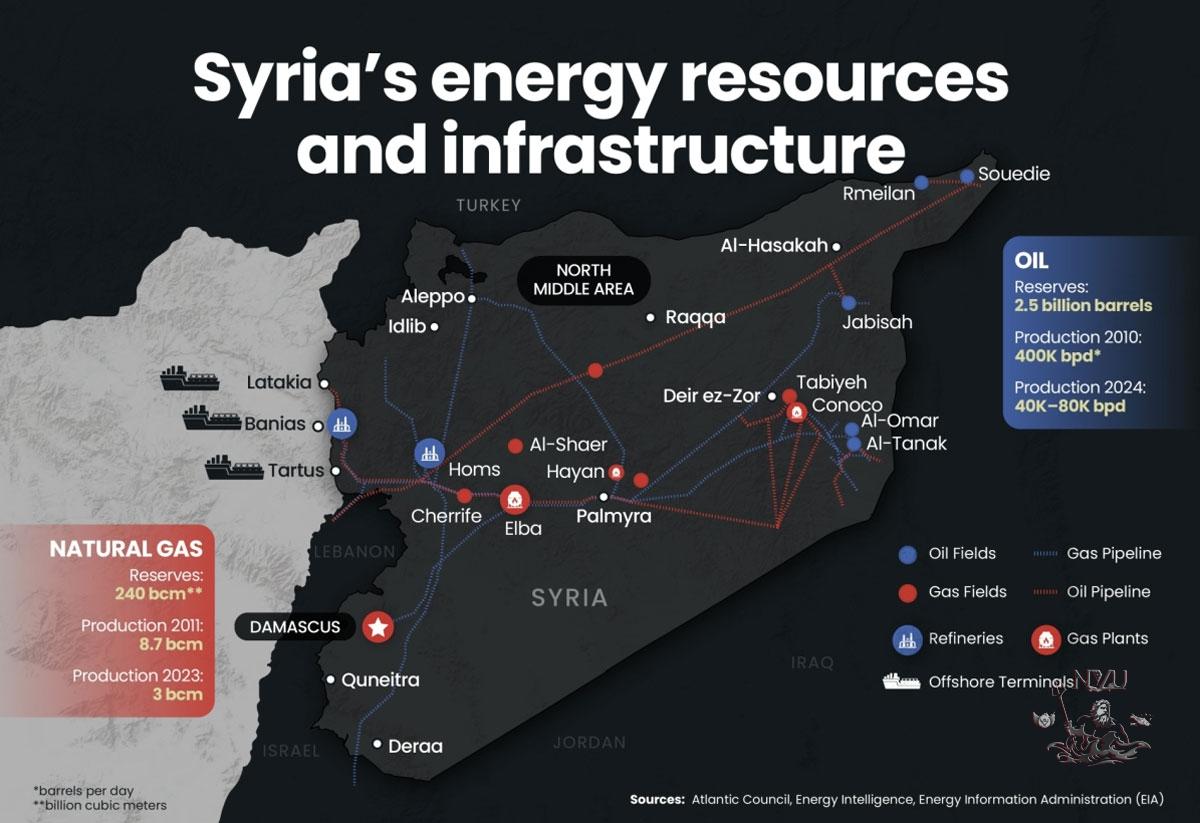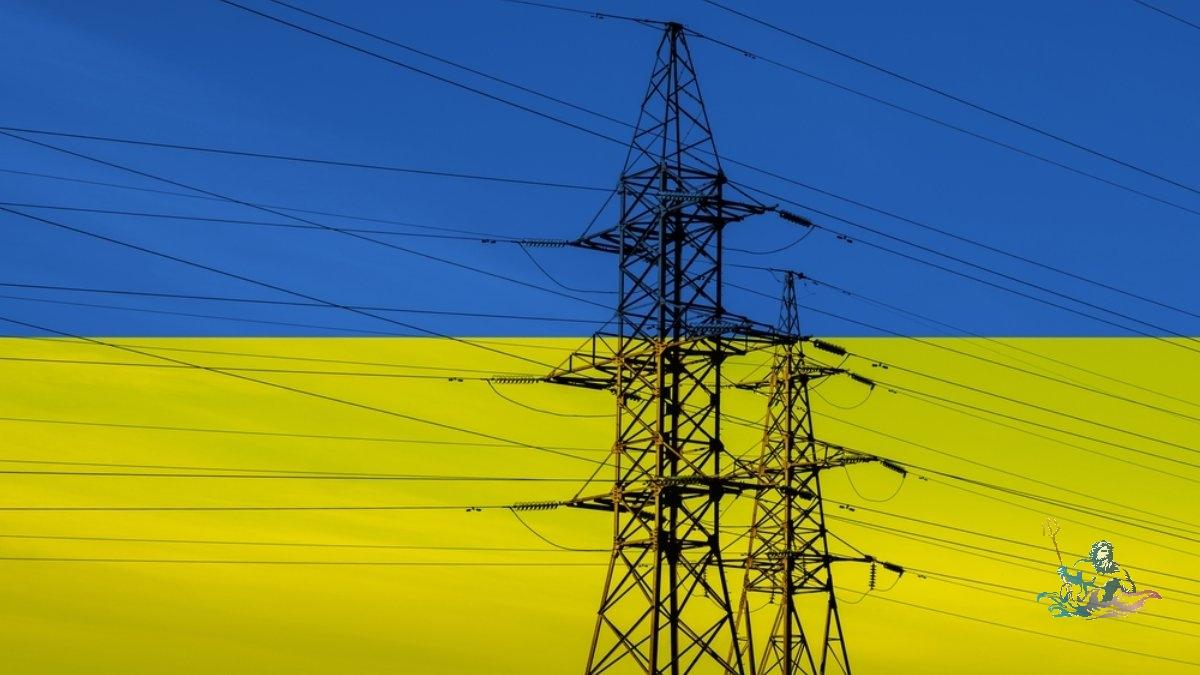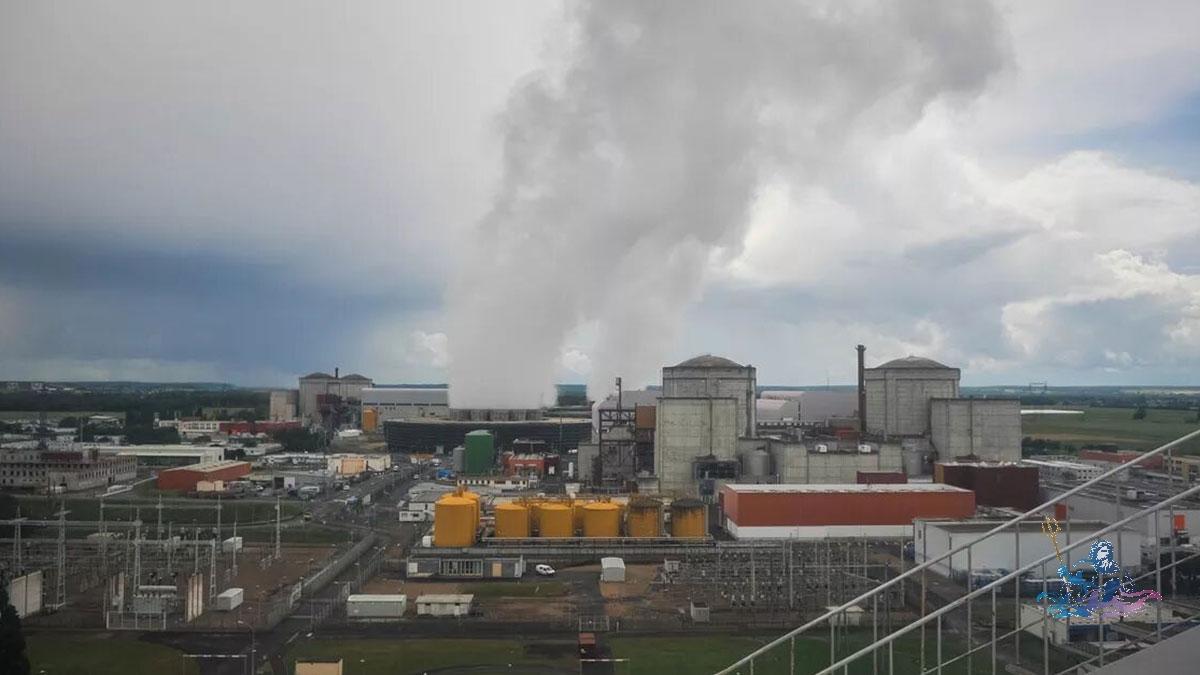Syria's oil and gas comes with strategic potential
#Syria has the potential to significantly increase its
#oil and natural
#gas production, which can provide energy and government revenue critical to the country's stability and reconstruction. Syria was an oil exporter in the decades prior to its civil war, and its natural gas production started to increase on the eve of the war. The country was self-sufficient in terms of energy supplies. Sales of oil and gas provided 20% of the government’s revenue. Most of Syria’s oil and natural gas fields are located in eastern Syria, in areas that are currently largely under the control of the predominately Kurdish People’s Protection Units (YPG) and where US forces are deployed. The US Energy Information Administration (EIA) estimated in 2015 that Syria possessed 2.5 billion barrels of proven oil reserves. In 2010, Syria produced 383,000 barrels per day of oil.
Estimates of Syria’s oil output on the eve of Bashar al-Assad’s ouster range between 40,000–80,000 barrels per day, while Iran was providing the bulk of Syria’s oil supplies, up to 100,000 barrels a day.
In 2015, the EIA estimated Syria’s natural gas reserves to be 240 billion cubic meters (bcm). Syria’s natural gas is used for power production. According to British Petroleum (BP), Syria produced 8.7 bcm of natural gas in 2011, which fell to 3 bcm annually by 2024. According to International Energy Agency (IEA) estimates, natural gas provided one-quarter of Syria’s electricity supplies in 2022.
Syria's oil and gas comes with strategic potential
#Syria has the potential to significantly increase its #oil and natural #gas production, which can provide energy and government revenue critical to the country's stability and reconstruction. Syria was an oil exporter in the decades prior to its civil war, and its natural gas production started to increase on the eve of the war. The country was self-sufficient in terms of energy supplies. Sales of oil and gas provided 20% of the government’s revenue. Most of Syria’s oil and natural gas fields are located in eastern Syria, in areas that are currently largely under the control of the predominately Kurdish People’s Protection Units (YPG) and where US forces are deployed. The US Energy Information Administration (EIA) estimated in 2015 that Syria possessed 2.5 billion barrels of proven oil reserves. In 2010, Syria produced 383,000 barrels per day of oil.
Estimates of Syria’s oil output on the eve of Bashar al-Assad’s ouster range between 40,000–80,000 barrels per day, while Iran was providing the bulk of Syria’s oil supplies, up to 100,000 barrels a day.
In 2015, the EIA estimated Syria’s natural gas reserves to be 240 billion cubic meters (bcm). Syria’s natural gas is used for power production. According to British Petroleum (BP), Syria produced 8.7 bcm of natural gas in 2011, which fell to 3 bcm annually by 2024. According to International Energy Agency (IEA) estimates, natural gas provided one-quarter of Syria’s electricity supplies in 2022.












